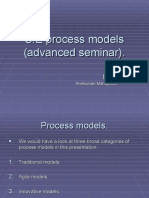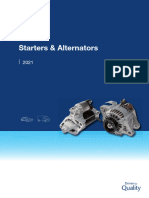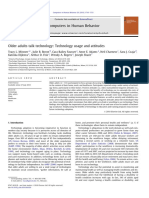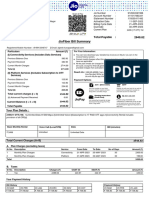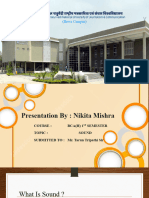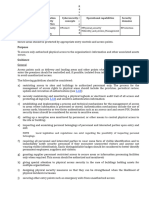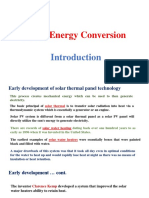0% found this document useful (0 votes)
18 views2 pagesSoftware Engineering Assignment
The document outlines various software development methodologies including Agile, Scrum, Spiral, and Waterfall models, each with distinct processes, advantages, and disadvantages. It also discusses the Capability Maturity Model (CMM) for measuring software process maturity, UML diagrams for visualizing systems, and requirement models for structured representation of system needs. Additionally, it covers software metrics, function point-based estimation techniques, and specific applications such as SRS for a university management website and DFD for a library management system.
Uploaded by
talkwithhexa420Copyright
© © All Rights Reserved
We take content rights seriously. If you suspect this is your content, claim it here.
Available Formats
Download as PDF, TXT or read online on Scribd
0% found this document useful (0 votes)
18 views2 pagesSoftware Engineering Assignment
The document outlines various software development methodologies including Agile, Scrum, Spiral, and Waterfall models, each with distinct processes, advantages, and disadvantages. It also discusses the Capability Maturity Model (CMM) for measuring software process maturity, UML diagrams for visualizing systems, and requirement models for structured representation of system needs. Additionally, it covers software metrics, function point-based estimation techniques, and specific applications such as SRS for a university management website and DFD for a library management system.
Uploaded by
talkwithhexa420Copyright
© © All Rights Reserved
We take content rights seriously. If you suspect this is your content, claim it here.
Available Formats
Download as PDF, TXT or read online on Scribd
/ 2

































